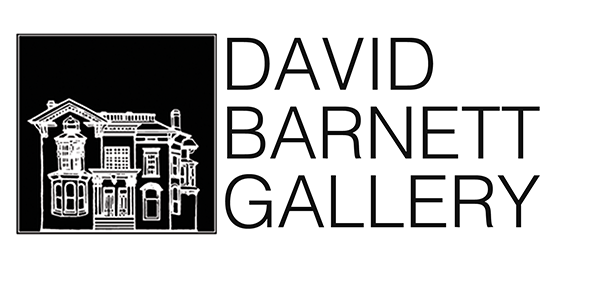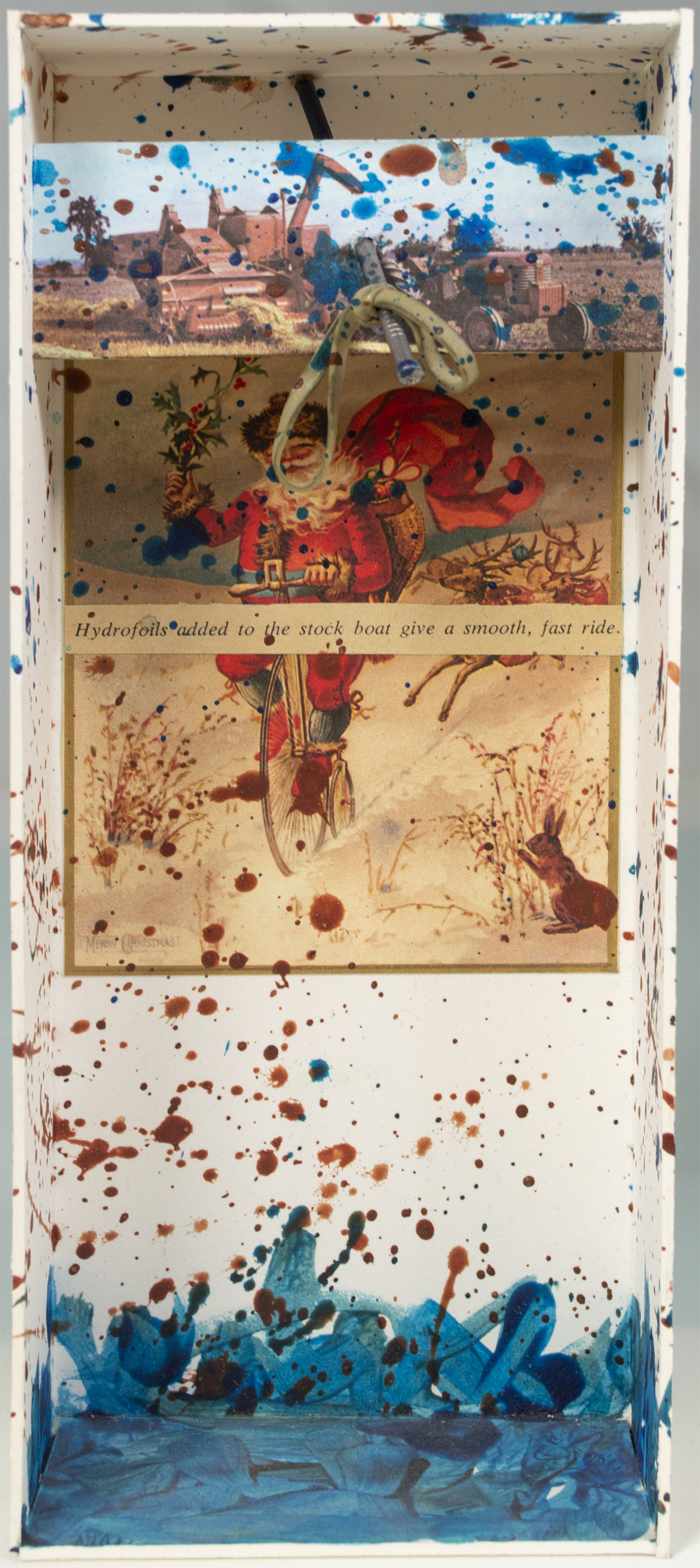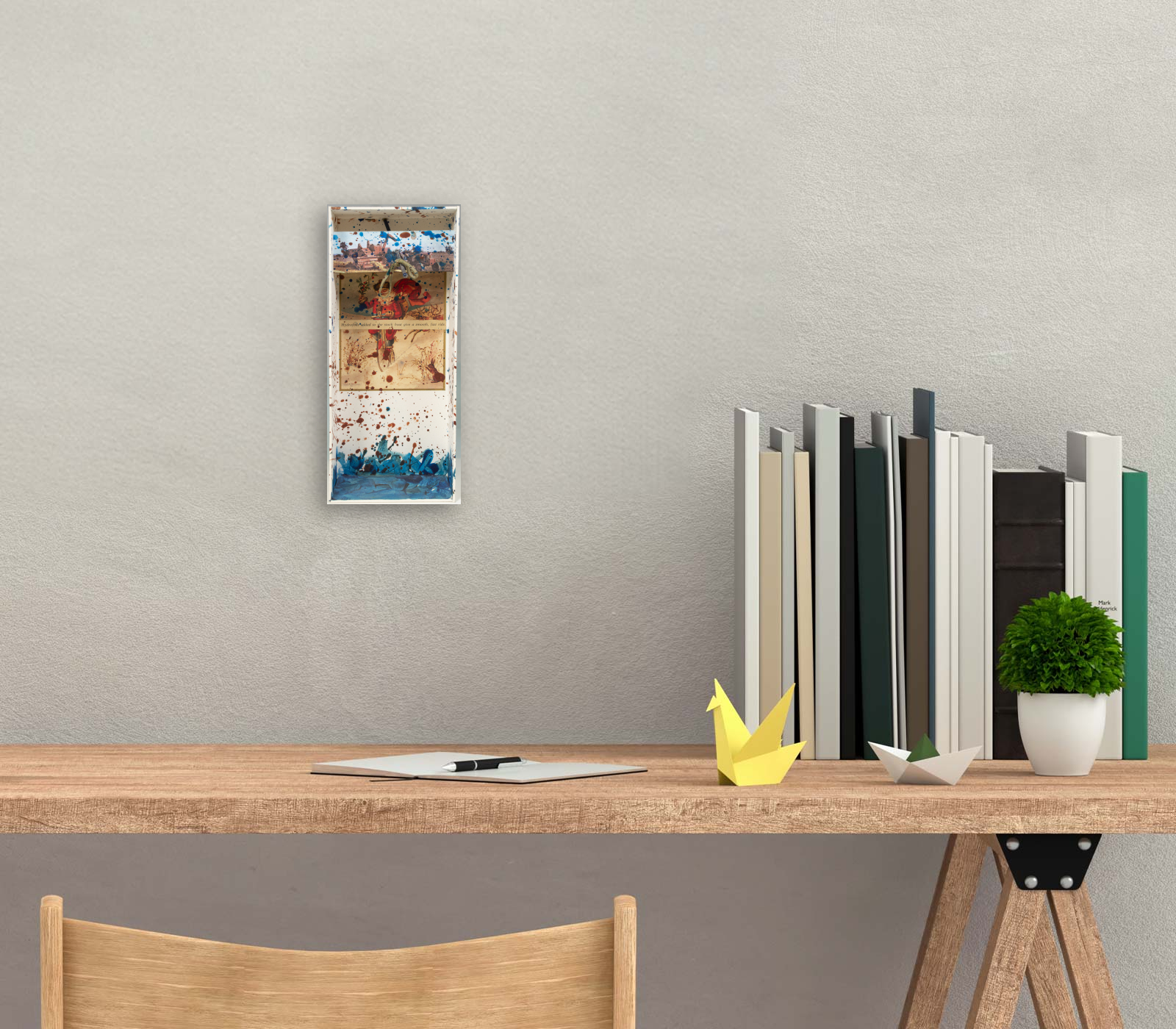

Scratch The Earth, Let The Telephone Ring
Artist: Joel Jaecks
Price:
$1,305.00
Medium: Mixed Media


More Details
Creation Date: 1983
Materials: Mixed media
Dimensions: 9" x 4" x 2"
Finish: Unframed

About The Artist
American artist Joel Jaecks (b. 1958) began his college career as a watercolor artist in the early 1980s after graduating from UWM with a bachelor’s degree in drawing and painting. These watercolors achieved notoriety through exhibitions and a strong collector base in the 1980s.
"While houses and the foliage around them are the objects my camera records," he said, "the subjects of my paintings are the photographs themselves. What appears to be reality in my paintings is not necessarily what is true to life, but what is true to the photograph." Joel Jaecks was spellbound by the abstraction of reality recorded by the camera. Painting from photographs, he highlighted the same nuances he notices in mechanical recordings: the flattening of three-dimensional images, exaggerated angles, the changed intensity of colors. After studying the photograph of an object caught in a peculiar light, Jaecks would paint the scene in great watercolor detail. This detail, expanded to the large scale of his paintings, compels the viewer to look beyond the simple play of shadows. In the time since, he has moved on to focus on his assemblages, which are themselves inspired by the work of Jasper Johns. “I did my first one in 1982,” he said. “I used to send mail art to my friends. They were flat pieces of paper with paintings or collages on them. After a while I started making them three-dimensional and I guess I haven’t stopped.”
To make them, he uses mat board to build them. He paints the backs of the boxes, glues the sides together, and then fills the space within with ideas, dreams and memories. “The inside of the box usually begins with a photo,” he said. “It might be my own photo or a photo from a book, but it’s usually an image that I start with. I’ll glue it in and then I might let it sit for a few weeks until I find something else to add.” He uses found objects in his work — puzzle pieces, screws, credit cards, paint samples, an image from a cereal box.
More Galleries to Explore














 Facebook
Facebook
 Twitter
Twitter
 Email
Email


















